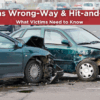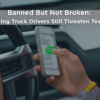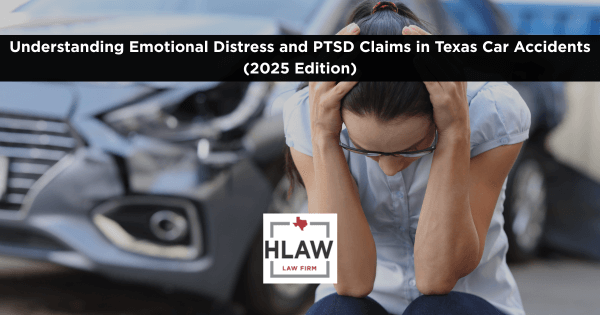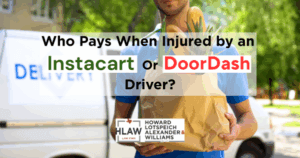
When grocery delivery drivers like those for Instacart or DoorDash cause a crash, knowing whose insurance applies can make all the difference
Grocery and meal delivery services like Instacart and DoorDash have made life more convenient. But when one of their drivers causes an accident, victims are often left wondering: who pays for the damages?
The answer depends on how the accident happened, the driver’s insurance coverage, and whether the driver was “on the clock” at the time of the crash.
In this post, the team at Howard Lotspeich Alexander & Williams, PLLC (HLAW) explains how Texas law handles these claims, what insurance policies may apply, and the steps you should take after such an accident.
The Basics: Delivery Drivers Are Often Independent Contractors
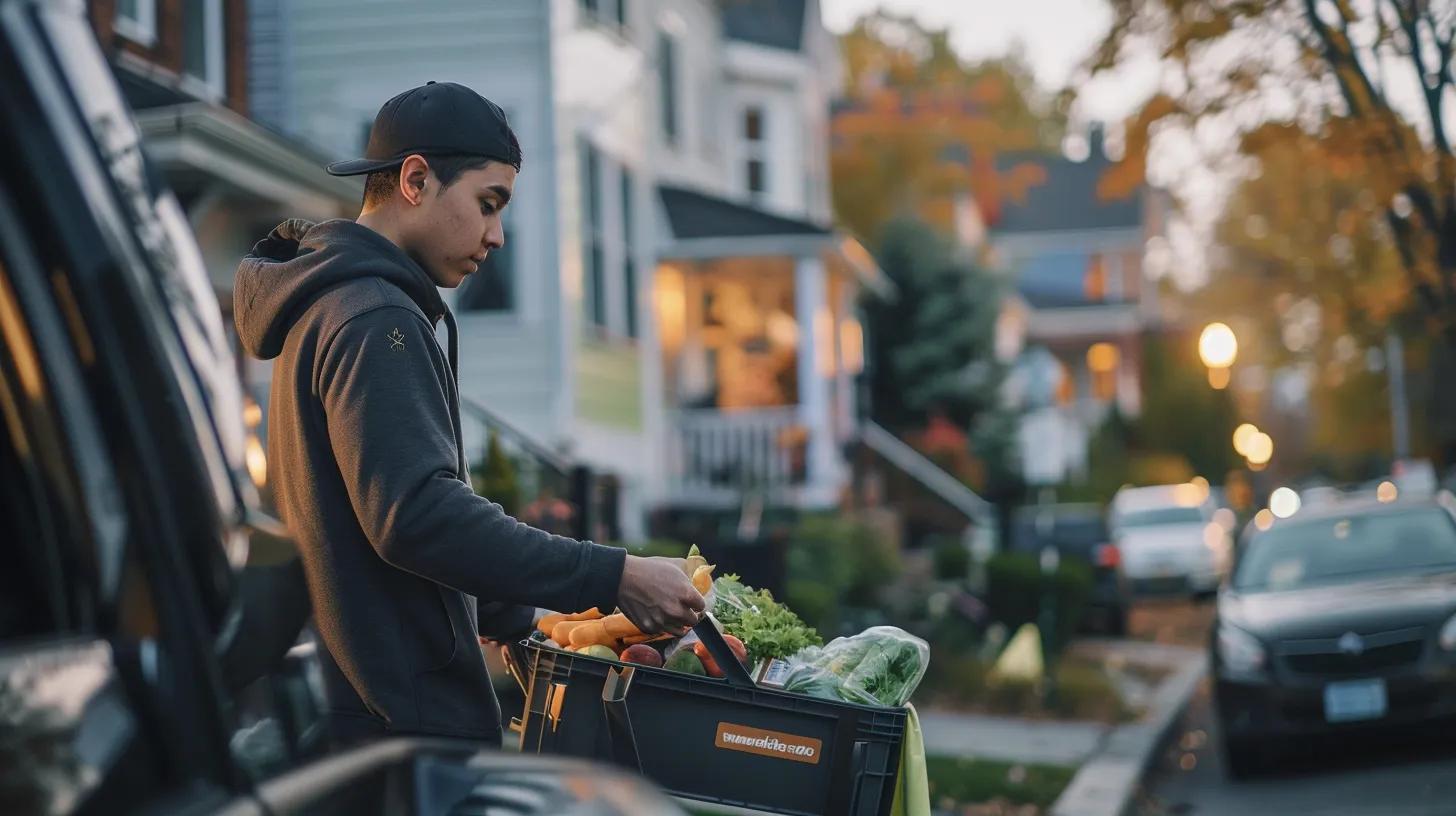
Most drivers for Instacart and DoorDash are independent contractors, not employees. This classification has been a subject of ongoing legal debate, but for now, it significantly impacts liability in accident cases.
This distinction matters because:
- Employers are usually liable for their employees’ negligence while on the job.
- Companies that rely on independent contractors often try to avoid direct liability.
Instead, victims often need to pursue the driver’s personal auto insurance, the company’s commercial coverage (if available), or sometimes both.
Whose Insurance Applies?
Here’s how insurance responsibility typically breaks down:
1. Driver’s Personal Auto Policy
Texas law requires drivers to carry minimum liability insurance:
- $30,000 for bodily injury per person
- $60,000 per accident
- $25,000 for property damage
However, many personal auto policies exclude coverage for accidents that happen while the driver is using their car for commercial purposes, like food or grocery delivery. This is known as a “commercial use exclusion” or “business use exclusion.” If a driver’s personal policy denies a claim due to this exclusion, it can leave victims without immediate recourse from the driver’s primary insurer.
Some drivers purchase a “rideshare endorsement” or “hybrid policy” from their personal insurer to cover this gap. This add-on extends coverage to periods when they are logged into a delivery app but haven’t yet accepted an order, or are waiting for one. However, many drivers do not carry this additional coverage, making the company’s commercial policy crucial.
2. Instacart and DoorDash Commercial Policies
Both Instacart and DoorDash provide contingent liability coverage, but the details differ significantly based on the “period” of the driver’s activity. This coverage typically acts as a secondary layer, kicking in only after the driver’s personal insurance is exhausted or denied due to a commercial exclusion.
Delivery Service Insurance Coverage Comparison
3. Your Own Auto Policy
If you carry uninsured/underinsured motorist (UM/UIM) coverage or personal injury protection (PIP), these benefits may also help cover your medical bills, lost wages, or other expenses—especially if the delivery driver’s coverage is inadequate or if their policy denies the claim. UM/UIM coverage is particularly valuable when dealing with drivers whose personal policies exclude commercial use or whose company coverage has limitations.
Understanding the ‘Periods’ of Delivery Driving
As highlighted in the table above, insurance coverage for delivery drivers is highly dependent on their activity at the exact moment of the accident. These “periods” are critical:
- App Off (Period 0): The driver is not logged into the delivery app. Only their personal auto insurance applies.
- App On/Waiting for Order (Period 1): The driver is logged into the app and available to accept orders but has not yet accepted one. During this period, neither Instacart nor DoorDash typically provides commercial coverage. The driver’s personal policy may deny coverage due to commercial use, creating a significant “gap” unless they have a specific rideshare endorsement.
- En Route to Pickup (Period 2): The driver has accepted an order and is on their way to the store or restaurant to pick it up. Both companies’ commercial policies generally offer contingent liability coverage during this phase.
- During Delivery (Period 3): The driver has picked up the order and is en route to the customer’s delivery address. This is also covered by the companies’ commercial policies.
Determining which period the driver was in at the time of the crash is often a key point of contention in these cases, requiring careful investigation of app logs and other evidence.
Proving Liability
To recover damages, you’ll need to establish that:
- The delivery driver’s negligence caused the accident. This could include actions like distracted driving (e.g., looking at the delivery app, texting), speeding, failing to yield, running a red light, or driving under the influence.
- The driver was “on the clock” for Instacart or DoorDash at the time of the crash, specifically in Period 2 or 3, to trigger the company’s commercial policy.
Police reports, delivery app logs (which can be subpoenaed), dashcam footage, traffic camera recordings, and witness statements can be critical evidence in proving both negligence and the driver’s active status.
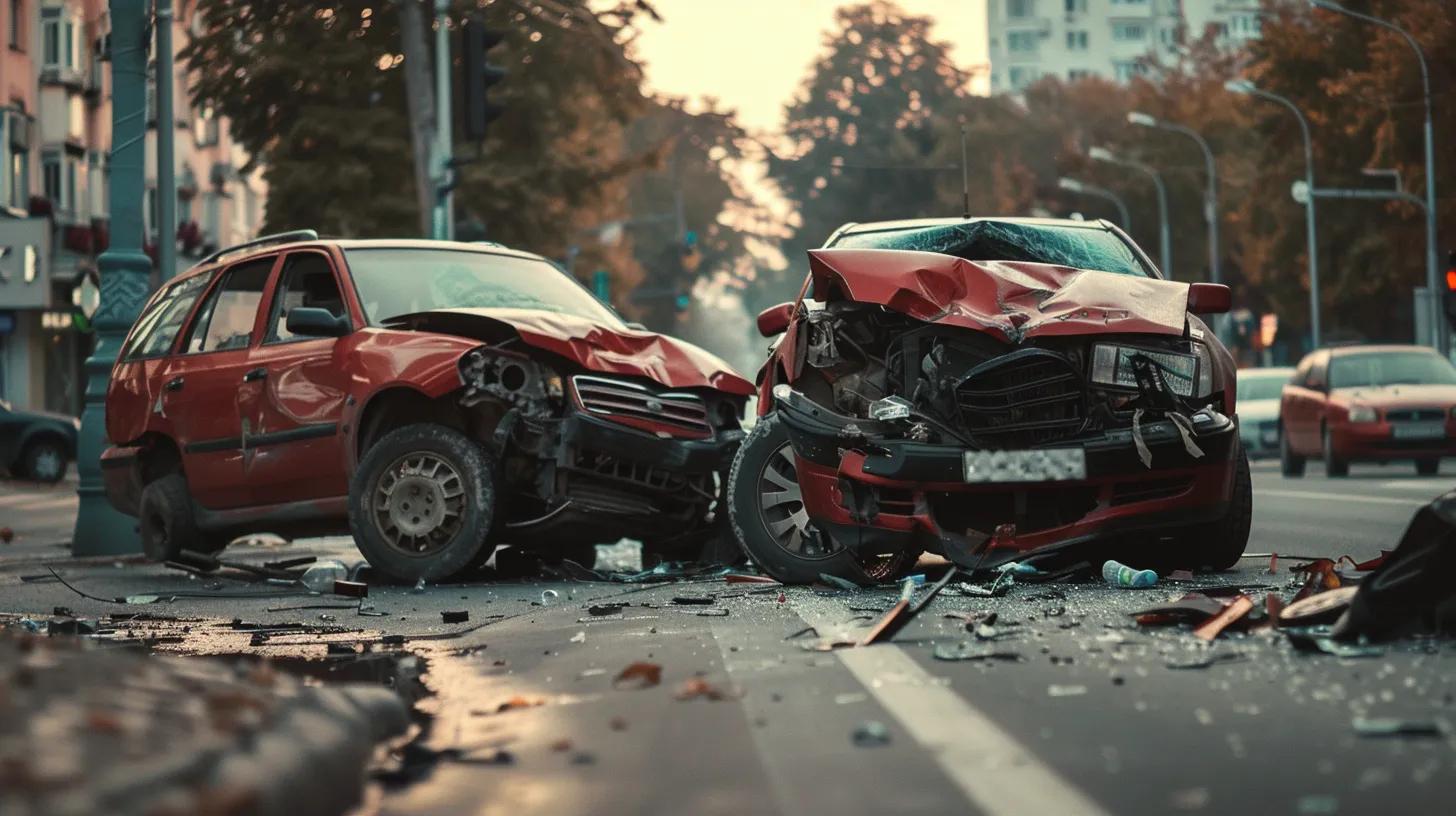
Steps to Take After an Accident
If you’ve been injured in a crash involving a delivery driver:
- Call 911 and get a police report.
- Seek medical attention right away—even for seemingly minor injuries.
- Gather information at the scene: driver’s license, insurance details, delivery app status, and witness contact info.
- Take photos and videos of the vehicles, the scene, and your injuries.
- Avoid giving recorded statements to insurance companies without legal guidance.
- Contact an experienced (and proven) personal injury attorney who understands the nuances of delivery driver accidents.
Why These Cases Are Complex
Delivery-related accidents often involve multiple insurance policies, overlapping coverage periods, and disputes over who was responsible at the time of the accident.
At HLAW, we’ve seen firsthand how insurance companies may delay, deny, or minimize valid claims—especially when a large delivery platform is involved.
How HLAW Can Help
Our Fort Worth-based personal injury attorneys focus on:
- Investigating all available insurance policies
- Gathering evidence of the driver’s active status at the time of the accident
- Negotiating aggressively with insurers for full compensation
- Taking cases to court if needed to protect your rights
We’re committed to compassionate, client-focused representation so you can focus on healing while we pursue the recovery you deserve.
Final Thoughts
Being injured in an accident with an Instacart or DoorDash driver can be overwhelming, especially when you’re unsure whose insurance will cover your losses. The good news is, you don’t have to face the process alone.
If you or a loved one has been hurt in a delivery driver accident in Fort Worth or anywhere in Texas, reach out to HLAW for a free consultation.
We’ll guide you through your options and fight to secure the compensation you need for medical bills, lost wages, and other damages.
About the Author
Jesse J. Lotspeich is a seasoned trial attorney and partner at Howard Lotspeich Alexander & Williams, PLLC, where he leads the firm’s Personal Injury practice.
Raised in the small West Texas town of Crane, Jesse was instilled early with a strong work ethic and a sense of duty to others. After earning his B.A. cum laude from Howard Payne University and his J.D. from Texas Tech University School of Law, Jesse went to work in Fort Worth. For over 12 years, he worked at the Law Office of James Stanley handling complex accident and injury cases before joining HLAW as a partner.
Jesse specializes exclusively in personal injury litigation, and he carries that focus into every case—whether it’s catastrophic auto or trucking accidents, wrongful death, workplace injuries, or defective products. Known for being a staunch advocate in the courtroom, he personally handles depositions, case investigations, and all trial-level work, never shying from a fight on behalf of his clients.


